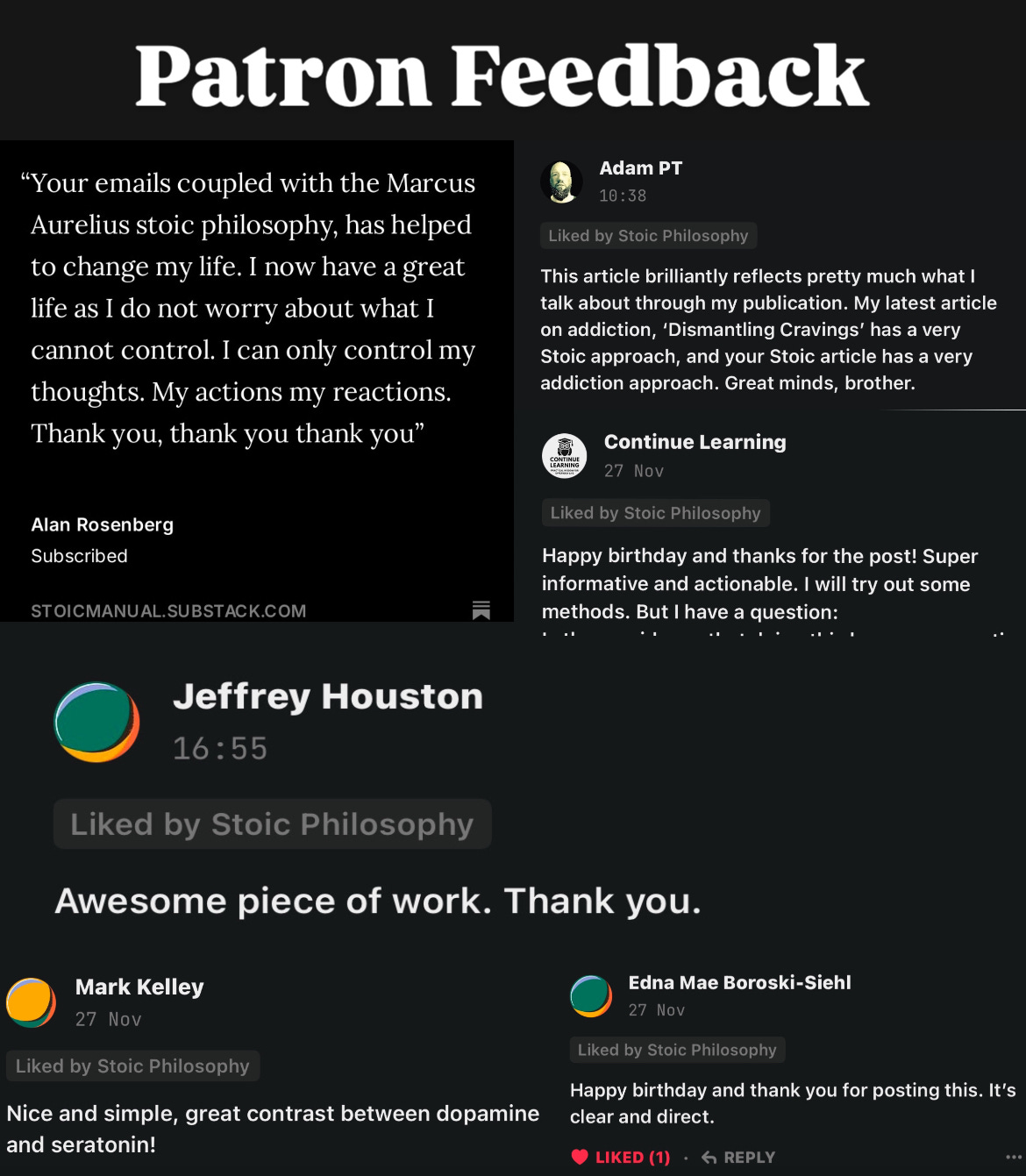#13. How to Learn Anything Faster
Flow states are often heralded as the pinnacle of performance, but they are a product of mastery, not a tool for learning.
The ‘Neuroscience-based Tools’ section is a companion for The Stoic Manual to help you become wealthier, happier & more powerful by boosting your resilience, drive, mood, motivation, learning rate, relationships, focus, and overall health—by Dr. Antonius Veritas. Complement this with the ‘Lead to Win’ section.
P.S: Skip to the end for a mini-course, a step-by-step guide to help you leverage failure and frustration to learn faster. Worth $3,500.
Failure is often misunderstood.
In educational systems, workplaces, and personal endeavors, it’s frequently framed as something to avoid at all costs.
Yet, failure is an essential catalyst for growth.
Neuroscience now offers indisputable evidence that errors—and the processes surrounding them—are the primary mechanisms for accelerating learning.
This essay explores the scientific foundations of failure-driven learning, exploring the why and the how, and offers you actionable strategies to leverage failure for extraordinary results.
Neuroplasticity
As we’ve said before, neuroplasticity is the brain’s ability to reconfigure its structure and function in response to experience.
Unlike other organs, the brain is dynamic, constantly reshaping its connections and pathways to adapt to new challenges.
While this plasticity is most robust during childhood, adults can tap into it deliberately by creating the right conditions.
The Neurochemical Triad of Learning
Three neurochemicals are critical for activating and sustaining neuroplasticity:
Acetylcholine (Ach)
This acts like a spotlight, directing attention to specific neural circuits that need change.
The brain releases Ach in response to focused attention, it signals the brain to prioritize certain errors or tasks for adaptation.
Epinephrine (Adrenaline)
Epinephrine has a role in the fight-or-flight response.
It heightens alertness and primes the brain’s resources for learning by amplifying the perceived importance of errors.
Dopamine
This is the “reward” chemical, as we’ve talked about before.
Dopamine reinforces progress, no matter how small.
Its release signals to the brain, “This worked; do more of it,” creating a powerful feedback loop of effort and reward.
These chemicals do not activate automatically but are instead triggered by experiences that challenge existing neural circuits.
This is why failure—and the discomfort that often accompanies it—is indispensable for growth.
Get it?
Why Failure is Essential for Learning
Failure provides the brain with essential feedback that it cannot obtain through success alone.
It reveals the discrepancies between intention and outcome, setting the stage for recalibration and improvement.
The Role of Errors in Neuroplasticity
When failure occurs, the brain:
Identifies Mismatches
Errors create a mismatch between expectation and reality, triggering a recalibration process to resolve these gaps.
Activates the Neurochemical Triad
Failures prompt the release of epinephrine and acetylcholine, focusing the brain’s resources on areas requiring adaptation.
Dopamine follows when incremental progress is achieved, reinforcing persistence.
Strengthens Adaptive Pathways
Through repeated cycles of error, correction, and reward, the brain rewires itself to enhance performance.
Note that failure isn’t inherently valuable unless you pair it with appropriate feedback.
The framing of errors—as opportunities for growth rather than signs of inadequacy—determines whether your brain persists or disengages.
It then comes down to your mindset. But I got you covered. Here’s a resource:
Flow vs. Frustration
Flow states are often heralded as the pinnacle of performance, but they are a product of mastery, not a tool for learning.
True learning happens in the uncomfortable space of frustration, where failure is frequent, and the brain is forced to adapt.
When you manage frustration well, it serves as a gateway to neuroplasticity.
It signals that the brain is actively recalibrating its circuits, preparing for breakthroughs.
And resisting the urge to retreat in the face of frustration is essential for transformative learning.
Practical Frameworks to Learn Faster
Below we’ll apply the neuroscience we’ve learned in the above section.
These practical strategies will help you learn faster and get great results in real time.
Let’s dive in.
Do you like this entry so far? ⭐️
Support the publication to read the rest and access 100+ practical insights and Mini-courses to help you apply Stoicism for a happier, wealthier life—Lead to Win, Optimize Your Health with Neuroscience-based tools & Stoic Essays.
Join 13,000+ other readers.
Here’s what my supporters are saying.







